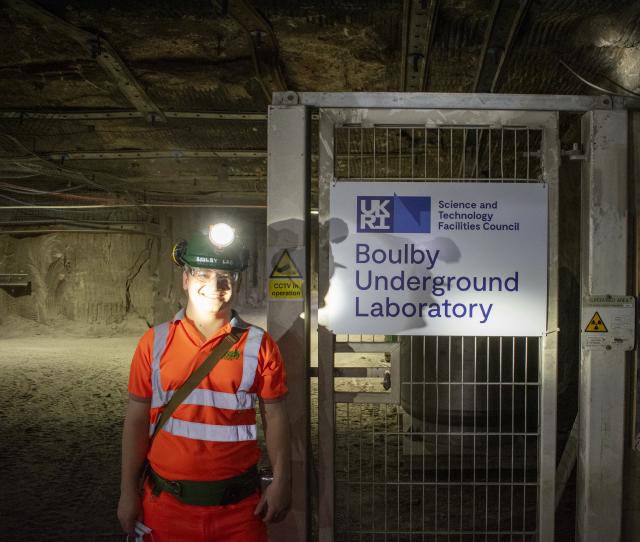Hello!

You can check out my projects notes, or check out my work or contact me at the following places:
You may also email me at mail at this domain
Hello!

You can check out my projects notes, or check out my work or contact me at the following places:
You may also email me at mail at this domain
I, and others, have been working on a replacement controller for Hannover flipdot displays.
I haven’t had much success at getting the newer version (with Ethernet support) to work yet - but wanted to document that this work is taking place.
However, the old version, based on damow’s work does work well! And has been working well for years.
During the event a few years ago I had some spare time so bought some Jubilee Line door buttons from the London Transport Museum online vintage shop. At the time they were very good value and sold unrefurbished.
I wanted to use one to control the Hue bulb in my bedroom, but as the built in circuitry wasn’t suitable I designed my own.
Okay, not so much design, moreso completely overengineer.
Over the last few months I’ve been working on building a pico balloon payload for the university society I’ve been president of, TinkerSoc.
This has been my first foray into designing PCBs and writing code for (just) the ATMega328PU, so it’s taken a little while! For communications, I decided LoRa (the 433MHz version, and not to be confused with LoRaWAN - this is raw LoRa) would be the best choice - it’s in the licence free ISM band, modules are relatively cheap and it has great range. For processing the ATMega328PU was chosen simply because I have experience with the Arduino ecosystem. For temperature, the LM75B was chosen - again because I have experience with it. And the serial Ublox NEO6M GPS modules, which are very easy to find cheaply on Aliexpress were chosen simply because of their price.